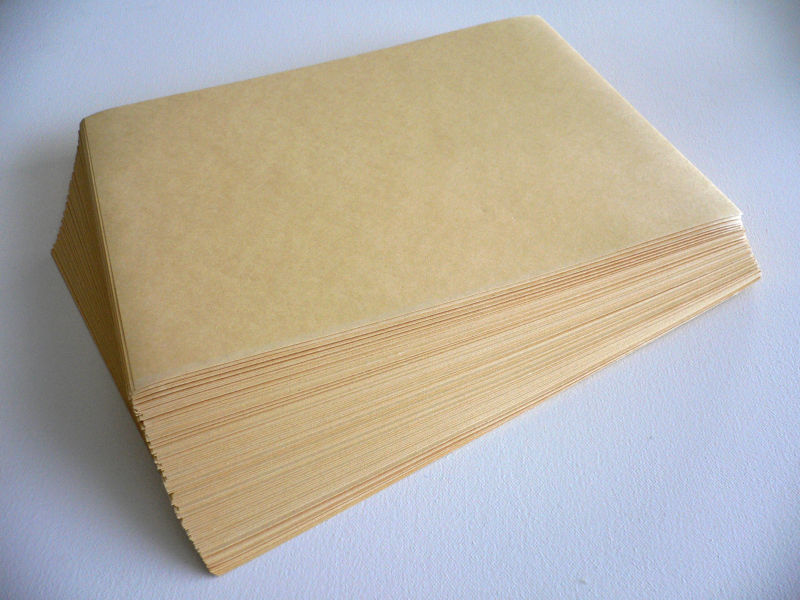Researchers based in Sweden have created paper that can withstand more force before breaking than cast iron. The paper isn't made from anything unusual; like all paper, it consists mostly of cellulose: the common sugar polymer found in wood which gives plant cell walls their strength.
The key to the super-strong paper is its internal structure: like all paper it's made up of cellulose fibres just a few nanometres across (thousands of times thinner than a human hair). In normal paper thousands of these tiny fibres are bound up into much larger fibres which you can see if you look carefully at the torn edge of a piece of paper. These larger fibres are quite strong but very weakly attached to one another so the paper itself is weak.
 Lars Berglund and colleagues from the Swedish Royal Institute of Technology Stockholm, publishing in Biomaterials, explain that the secret to producing much stronger paper. They process wood more gently than the usual destructive mechanical pulping. Digesting wood pulp with enzymes and fragmenting with a beater keeps the nano-sized cellulose fibre structures intact, about 1000 times smaller than typical paper fibres. These nanofibres meet t one another so much more often that the larger ones so there are far more bonds between fibres and the paper is 214 times stronger than the average writing sheet, and stronger than cast iron.
Lars Berglund and colleagues from the Swedish Royal Institute of Technology Stockholm, publishing in Biomaterials, explain that the secret to producing much stronger paper. They process wood more gently than the usual destructive mechanical pulping. Digesting wood pulp with enzymes and fragmenting with a beater keeps the nano-sized cellulose fibre structures intact, about 1000 times smaller than typical paper fibres. These nanofibres meet t one another so much more often that the larger ones so there are far more bonds between fibres and the paper is 214 times stronger than the average writing sheet, and stronger than cast iron.
Berglund suggests the technology could be used to reinforce paper or tape, or to help create tougher replacements for biological tissue.









Comments
Add a comment